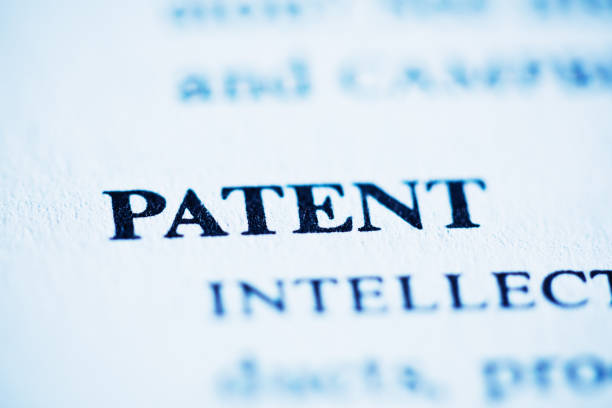


When a new compound’s issue claims are secured or an old compound’s claims expire, what follows next in patent protection? Acquiring additional patent protection typically involves securing claims for treatment methods, prevention, maintenance of health, and modes of action, which vary based on whether the compound is a pharmaceutical (like a drug or biologic) or a dietary supplement.
Patent protection for pharmaceuticals often revolves around methods of treating a disease or disorder. Specific dosage, timing, and administration details are crucial, aligning patent claims with FDA-approved labels. For instance, IMBRUVICA® is safeguarded by a patent specifying a method for treating chronic lymphocytic leukemia (CLL)/small lymphocytic lymphoma (SLL). Aligning patents with FDA-approved labels enables innovators to control generic manufacturers and eases proof of infringement.
However, the allowance for generic manufacturers to exclude patented use from their label—known as a “thin label”—impacts the innovator’s exclusivity. Generic manufacturers can gain approval for their products by complying strictly with the “thin label” and promoting their drugs only for specified uses. Courts attempt to balance this, considering labeling language and bioequivalence ratings provided by the FDA.
Contrastingly, patent protection for dietary supplements focuses on maintaining health. Claims need to substantiate health-related benefits without asserting diagnoses, cures, or treatments for specific conditions to comply with FDA regulations. For example, OCUVITE® claims to replenish essential eye nutrients, yet its patent specifies a method for stabilizing visual acuity loss in people with early age-related macular degeneration.
Challenges arise as courts question the eligibility of certain dietary supplement patents. Recent cases challenging patents related to regulating hydronium ion concentrations highlight the evolving landscape, raising debates over natural processes versus patent-eligible methods.
Differentiating encroachment for pharmaceutical and dietary supplement patents can be challenging. Makers of dietary supplements may avoid infringing by not promoting treatment benefits explicitly, complicating enforcement for innovators. The interpretation of claims, especially phrases like “a subject in need thereof,” remains pivotal in patent disputes.
Moreover, elucidating a compound’s mode of action within a claim can influence validity. Courts grapple with whether an inherent property of a molecule, like its mode of action, can confer patentability or if such claims necessitate proof of intent for infringement.
In conclusion, the interplay between patent protection, FDA regulations, and evolving legal interpretations significantly impacts the pharmaceutical and dietary supplement industries, shaping strategies and enforcement practices.